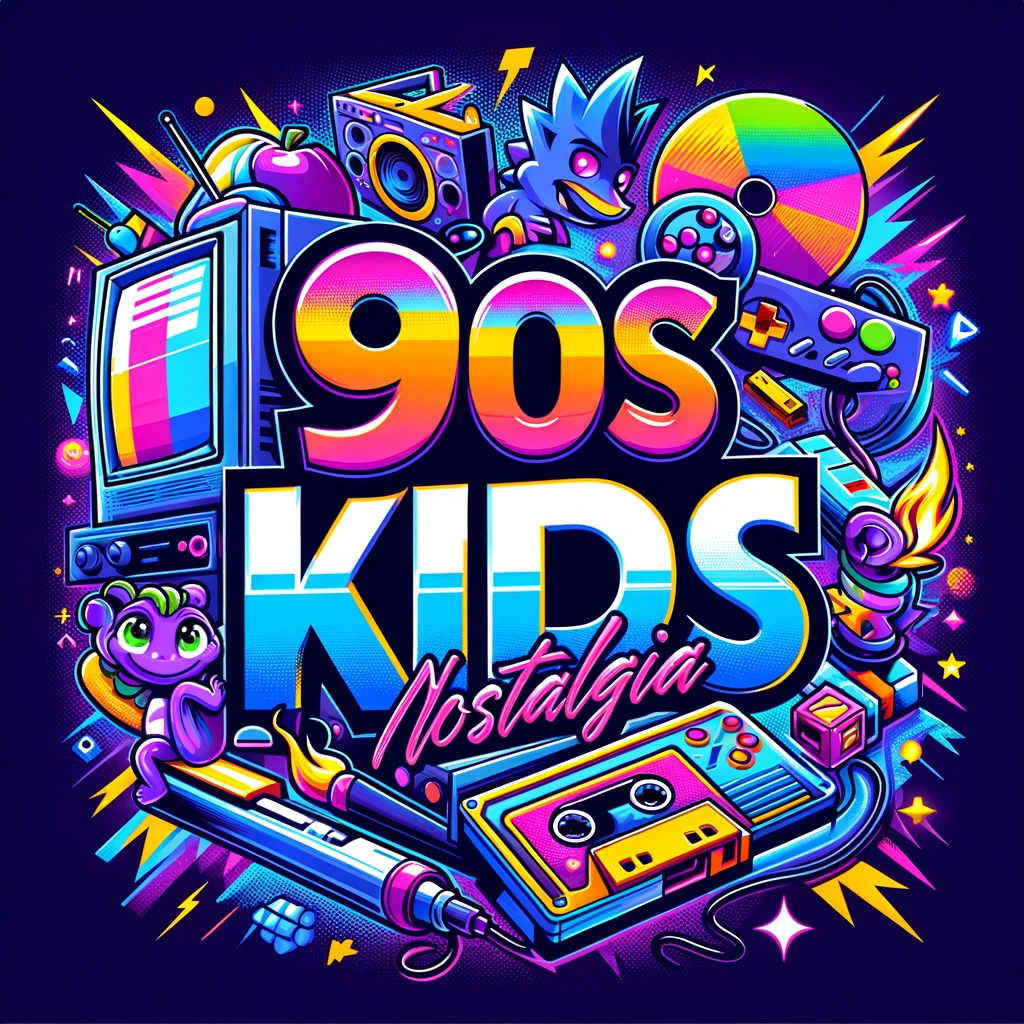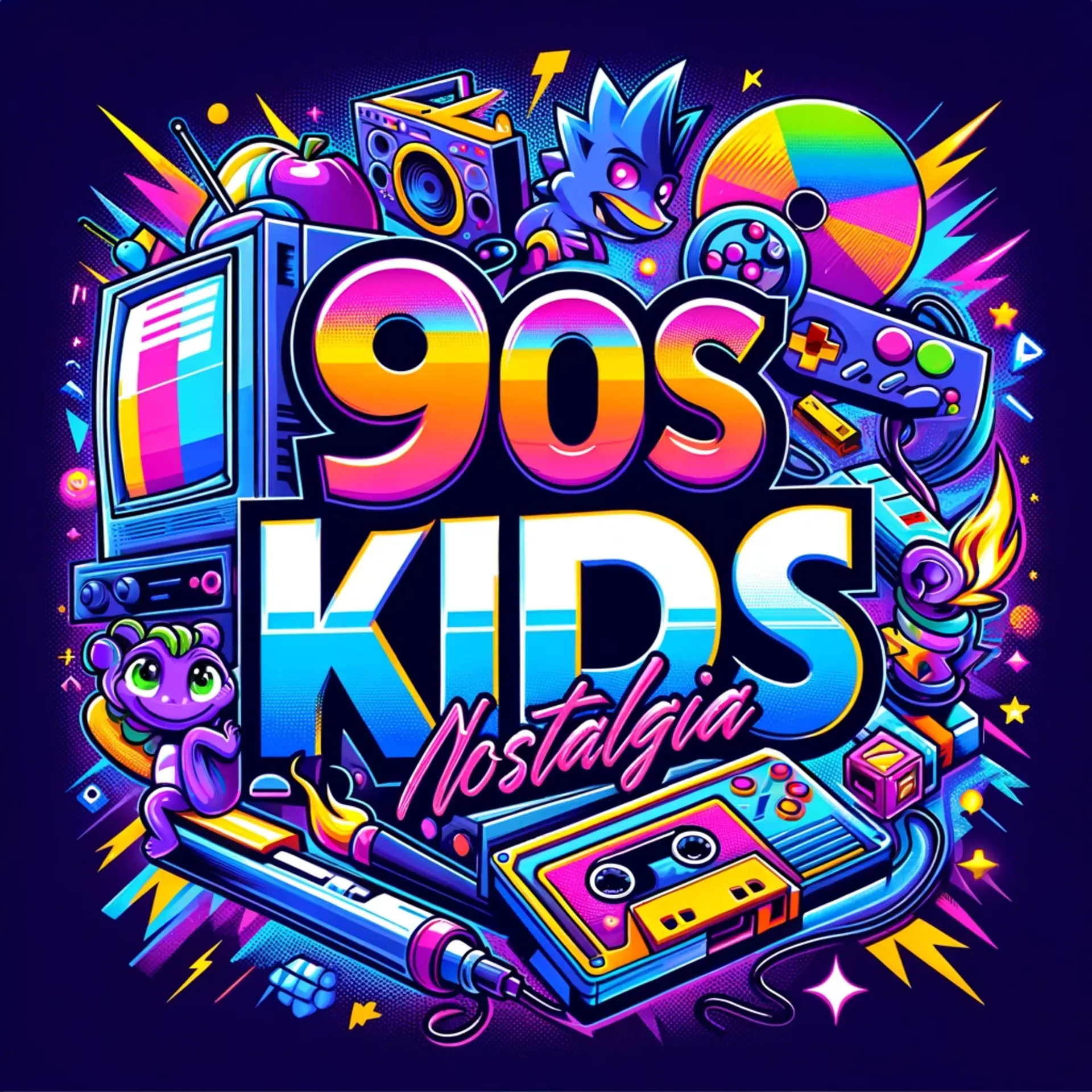UK nostalgia has re-emerged as one of the most emotionally resonant and commercially powerful cultural movements in Britain today. From the comforting charm of analogue technology to the vivid aesthetics of 90s children’s television, nostalgia for the UK’s past offers more than just retro escapism. It reconnects a generation to a time when life felt slower, simpler and more tactile. Brands like 90skidnostalgia have tapped into this sentiment with precision, building a huge digital following by resurfacing forgotten cultural gems and rekindling a sense of shared memory among millennials and 90s kids.
Nostalgic Television in the UK – The Enduring Magic of 90s TV Shows
Television from the 1990s is one of the most potent triggers of UK nostalgia. Children’s programmes from this era shaped the collective imagination of an entire generation. Shows like The Raggy Dolls, Button Moon, Stoppit and TidyUp, Playdays, Art Attack, Brum and Bodger and Badger offered more than entertainment. They created a visual and emotional language that continues to resonate today. Their oddball characters, handmade sets and simple storytelling captured a sense of innocence and wonder that is largely missing from modern media. Unlike today’s high-definition, algorithmically optimised content, 90s British television felt human. It was slower, stranger and built to last in memory.
The cultural legacy of these programmes has become a cornerstone of UK nostalgia, especially among millennials who experienced them first-hand. These shows are resurging not only through nostalgic rewatching but through platforms like 90skidnostalgia, which actively curate and archive forgotten media gems. What makes this revival so powerful is not just the content itself but the emotional texture it carries. The echo of Neil Buchanan’s voice in Art Attack, the mechanical charm of Brum rolling through empty streets or the chaotic joy of mashed potato in Bodger and Badger holds a kind of magic that cannot be manufactured today. These moments represent a version of Britain that was less polished but more personal, and their continued relevance speaks volumes about the cultural weight of UK nostalgia.
Fashion Rewinds – The Rebirth of 90s Style in the UK
Few cultural revivals embody UK nostalgia more clearly than the resurgence of 90s fashion. The era’s style defined a generation through a bold mix of streetwear, grunge, Britpop and minimalist tailoring. Whether it was Kate Moss in slip dresses, The Spice Girls in platform trainers or the influence of Madchester rave culture, the aesthetic was layered, expressive and unapologetically youthful. Fast forward to 2025, and these influences are being reinterpreted on catwalks and high streets alike. This revival is not random. It is deeply tied to emotional memory and the need to reclaim identity through personal style. As highlighted in Vogue in the 90s, the appeal lies in authenticity and the sense of rebellion embedded in the clothes themselves.
Major retailers and independent designers alike are capitalising on this nostalgic wave. Jelly shoes, cargo trousers, windbreakers and logo-heavy sportswear are no longer confined to the archives. They are fully back in circulation, curated to appeal to millennials and Gen Z who crave the cultural continuity these garments represent. The connection between UK nostalgia and fashion goes beyond surface-level trends. It is a form of cultural expression rooted in emotional recall. Brands like 90skidnostalgia use their platform to tap into this sentiment, showcasing old catalogue pages, vintage retail ads and even forgotten high street labels. By blending editorial content with social storytelling, they are helping turn fashion into an archive of memory, not just a trend cycle.

The Role of Social Media in Reviving Forgotten UK Nostalgia
Social media platforms have become instrumental in the resurgence of UK nostalgia, particularly among millennials and Gen Z. Accounts like @90skidnostalgia on Instagram curate and share content that evokes memories of 90s British culture, from television shows to fashion trends. These digital spaces serve as communal archives, allowing users to reconnect with elements of their childhood and adolescence. The visual and interactive nature of platforms like Instagram and TikTok enhances the nostalgic experience, making it more immersive and engaging.
The appeal of UK nostalgia on social media is not limited to personal reminiscence; it also influences contemporary culture and consumer behaviour. Brands and content creators leverage nostalgic themes to connect with audiences, tapping into the emotional resonance of the past. This trend is evident in the revival of classic television formats and the popularity of retro-themed content online. The integration of nostalgic elements into modern digital narratives underscores the enduring impact of 90s British culture in today’s media landscape.
Cultural Identity and UK Nostalgia – Why Millennials Crave the Past
Millennials are often described as the bridge generation between analogue and digital life. They grew up in a world of video tapes, printed catalogues, school milk and classic British school dinners. Dishes like rectangle pizza slices, mash with mystery meat, chocolate concrete with pink custard and jam sponge with coconut became weekly rituals. These experiences, however ordinary at the time, formed a lasting part of British childhood. UK nostalgia gives this generation a way to reconnect with that world. One that felt slower, less curated and more communal.
Revisiting the 90s is not about rejecting the present. It is about holding onto the moments that shaped identity before everything became disposable. From the feel of rewinding a tape to the sound of chairs scraping on a school dinner hall floor, those details still carry emotional weight. UK nostalgia offers a sense of grounding in a world that often feels disconnected. It reminds people not just of what they lived through, but of who they were.

Conclusion
UK nostalgia is a powerful cultural force that connects people to their personal histories and shared national identity. It offers emotional grounding in a fast-moving world, bringing clarity and comfort through the revival of past experiences. By revisiting 90s fashion, television and analogue life, people are not escaping the present. They are making sense of it. UK nostalgia continues to resonate because it reminds us who we were, what shaped us and why those memories still matter today.


